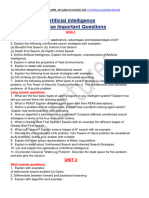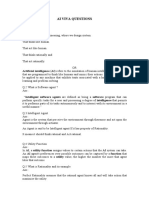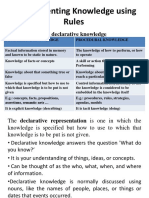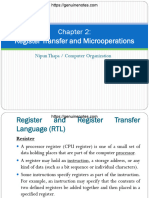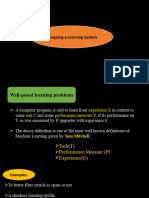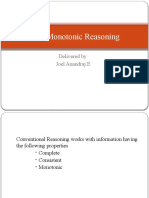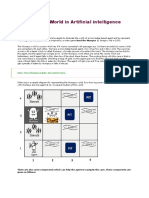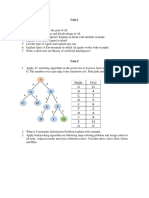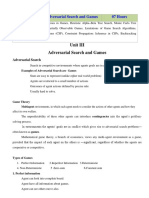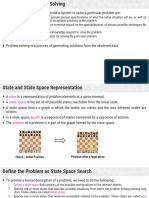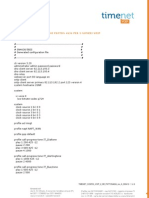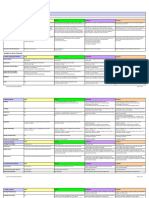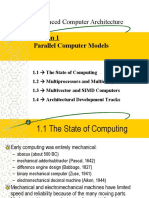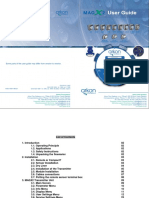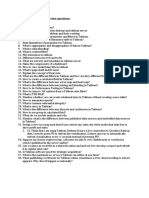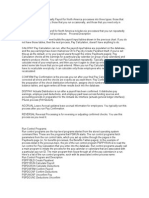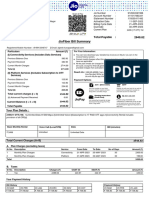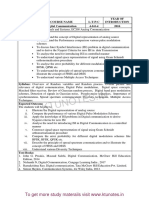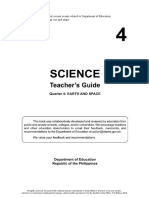0% found this document useful (0 votes)
2K views7 pagesIntelligent Systems Notes
The document discusses various topics in intelligent systems including artificial intelligence, natural language processing, vision processing, speech processing, robotics, expert systems, games, search algorithms, knowledge representation techniques, and fuzzy logic. It provides information on each topic's definition, components, and applications to problems in computer science and artificial intelligence.
Uploaded by
Sourav DasCopyright
© © All Rights Reserved
We take content rights seriously. If you suspect this is your content, claim it here.
Available Formats
Download as PDF, TXT or read online on Scribd
0% found this document useful (0 votes)
2K views7 pagesIntelligent Systems Notes
The document discusses various topics in intelligent systems including artificial intelligence, natural language processing, vision processing, speech processing, robotics, expert systems, games, search algorithms, knowledge representation techniques, and fuzzy logic. It provides information on each topic's definition, components, and applications to problems in computer science and artificial intelligence.
Uploaded by
Sourav DasCopyright
© © All Rights Reserved
We take content rights seriously. If you suspect this is your content, claim it here.
Available Formats
Download as PDF, TXT or read online on Scribd
/ 7





